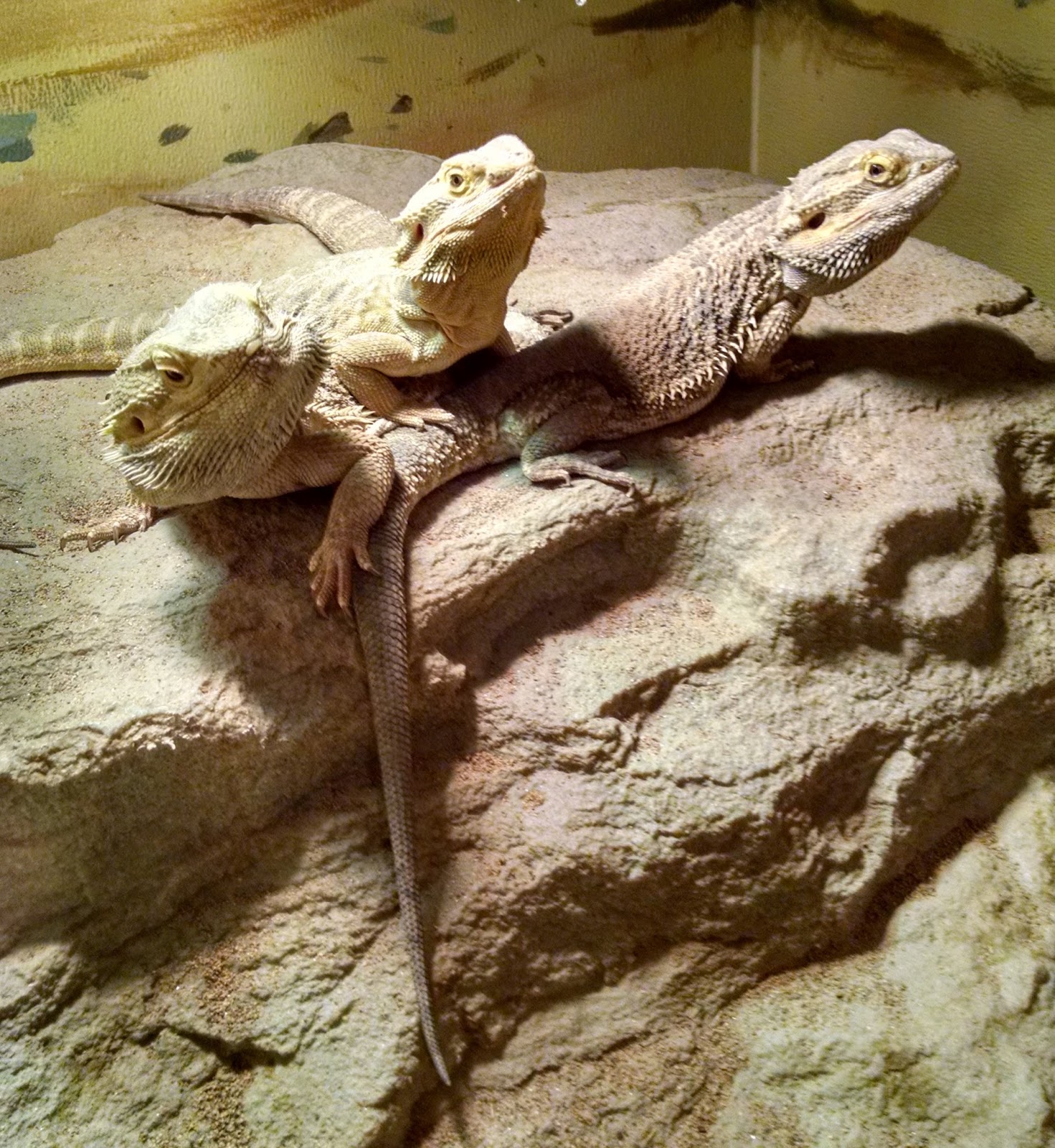When and Why Will Your Bearded Dragon’s Tail Fall Off? Here’s What You Need to Know
When and Why Will Your Bearded Dragon’s Tail Fall Off? Here’s What You Need to Know

A bearded dragon tail falling off can be an unexpected and scary experience for a beginner owner. However, it’s important to understand that tail loss is a natural occurrence for bearded dragons and is not always a sign of an underlying health issue. In this blog post, we will discuss the reasons why your bearded dragon’s tail may fall off and what to do in case it happens.
Tail Regeneration in Bearded Dragons
Bearded dragons possess a unique ability to shed their tails, a process known as autotomy or self-amputation. In the wild, this is a survival mechanism that helps them escape from predators. In captivity, self-amputation of a bearded dragon tail can occur due to various reasons such as stress, injury, or improper handling by the owner. The good news is that bearded dragons can regenerate their tails, although the new tail may not look the same as the original one.
The process of tail regeneration can take several months, during which a small nub will form at the area of the amputation. The nub will slowly grow and form a new tail, although the new tail may be shorter or less colorful than the original one.
Causes of Bearded Dragon Tail Loss

While tail loss is a natural occurrence for bearded dragons, it can also be a sign of an underlying health issue or an injury. Common causes of bearded dragon tail loss include:
- Tail injury due to accidental trauma or bites from other animals
- Tail rot or necrosis due to bacterial or fungal infections
- Impaction of the digestive tract, which can cause the tail to fall off as a result of the body rejecting the waste material
- Metabolic bone disease, which can cause weakness in bones and lead to tail loss
How to Prevent Bearded Dragon Tail Loss
Prevention is key when it comes to avoiding bearded dragon tail loss. Here are some tips to help you prevent tail loss in your bearded dragon:
- Avoid handling your bearded dragon by its tail, as this can cause stress and injury to the tail
- Ensure that your bearded dragon’s environment is safe and free from sharp objects that can injure the tail
- Feed your bearded dragon a healthy and balanced diet to prevent impaction
- Provide your bearded dragon with proper heating and lighting to prevent metabolic bone disease
What to Do if Your Bearded Dragon’s Tail Falls Off?
If your bearded dragon’s tail falls off, there are a few steps you can take to ensure its health and comfort:
- Remove your bearded dragon from its enclosure and place it on a clean towel or cloth to prevent infection
- Clean the area where the tail was amputated with a betadine solution or a diluted iodine solution to prevent infection
- Place your bearded dragon in a separate enclosure with clean bedding, water, and food
- Monitor your bearded dragon closely for signs of stress or infection
- Do not handle your bearded dragon for a few days to allow it to recover from the shock of tail loss
In conclusion, bearded dragon tail loss is a natural occurrence that can happen due to various reasons. While it can be a scary experience for a beginner owner, it’s important to remain calm and take proper care of your bearded dragon to ensure its health and comfort. By following the tips and guidelines mentioned in this post, you can help prevent tail loss and ensure that your bearded dragon lives a happy and healthy life.
